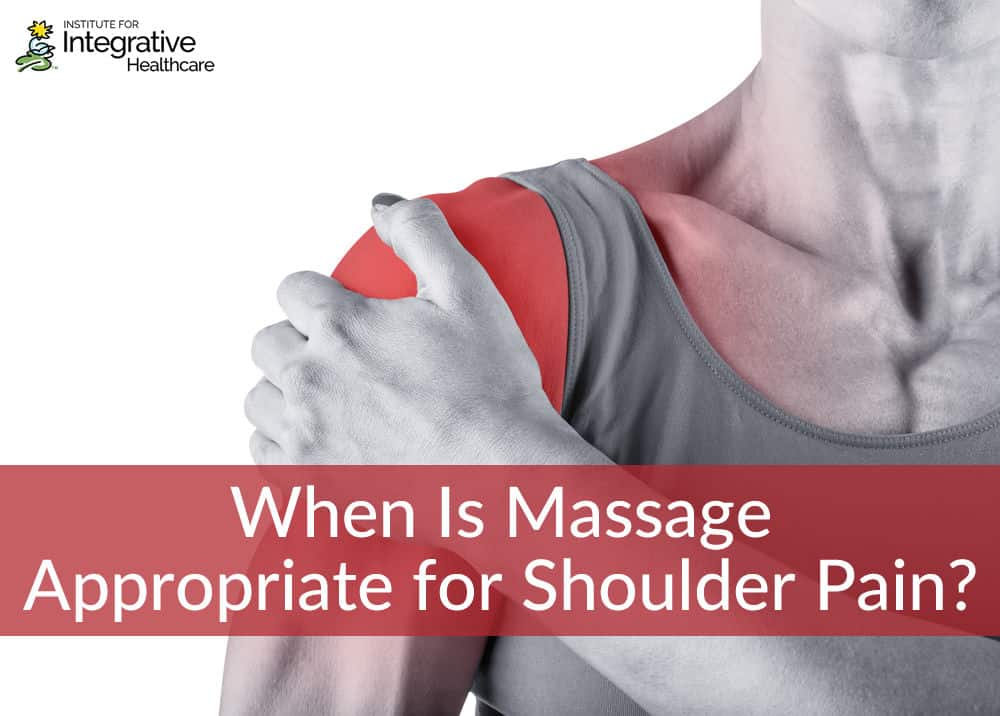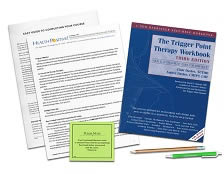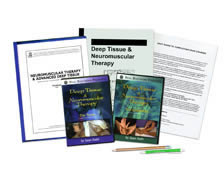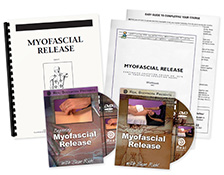

The shoulder is a complex joint and our daily activities have a tendency to put us at high risk for injuries from repetitive use and pain resulting from poor posture. Shoulder pain can be especially difficult to deal with as it can severely limit our ability to work, especially for those who perform physical tasks with their arms and hands. About 20% of the population struggles with shoulder pain at least once, however only about 50% of those cases resolve within six months.
Here are some causes of shoulder pain and a look at how, and if, massage therapy may be helpful:
- Bursitis – Fluid-filled sacs (bursa) found in joints throughout the body, including the shoulder, act as cushions between bones of the joint and reduce the friction between the muscles and the bone. Excessive use of the joint sometimes leads to inflammation and swelling of the bursa, causing pain. While massage therapy cannot directly reduce swelling or inflammation in the bursa, it can be used to release muscle and tendons in the joint that are causing pressure on the bursa. Ice can also be applied after bodywork in order to relieve the inflammation.
- Tendonitis – Tendon is what connects the muscles to the bones. Overuse of the muscle or joint may cause the tendons to become inflamed, leading to an acute tendonitis in the short term. Degenerative diseases or conditions such as arthritis or a repetitive use injury may lead to chronic tendinitis. Massage therapy helps lengthen tendon and muscle tissue, releasing pressure on the tendons. Range of motion stretches, pin-and-stretch techniques and friction on the attachments also relieve tendonitis. Application of ice after treatment will help reduce swelling and inflammation.
- Arthritis – Symptoms of swelling, pain and stiffness in the joint are often the result of arthritis. Osteoarthritis is commonly found in the shoulder as a result of “wear and tear.” While massage cannot reduce the inflammation from the inflamed joint, it can release muscle tension in the surrounding area, releasing pressure on the joint. Massage should not be done when arthritis is in an acute stage as the inflammation response is too high, and it may cause more pain than it resolves.
- Impingement – When the top of the shoulder blade (acromion) puts pressure on the rotator cuff tendons and bursa, it “impinges” the normal function and movement in the shoulder. Massage can release muscles that are causing the impingement, or that are causing the posture that is bringing on the impingement.
- Fracture – Sports activities and falls are often the cause of broken bones of the shoulder, especially the clavicle (collarbone), humorous (upper arm bone), and the scapula (shoulder blade). If the client has had a fall or impact and fracture is suspected, they will need to visit their physician for imaging (X-rays) to confirm. Massage is contraindicated for fractures.
- Rotator Cuff Injury – Rotator cuff injuries cause a dull ache in the shoulder, and are common in patients who repeatedly perform overhead motions in their jobs or sports. Repetitive use of the shoulder and impingement from the acromion can lead to tears in the tendons of the rotator cuff. The degree of tearing is measured and the level of damage is determined by the physician making this determination. Neuromuscular and myofascial techniques can treat adhesions and trigger points in the muscles of the rotator cuff, reducing pain and improving function. Range of motion stretches may also help to improve mobility and function, as well as releasing the surrounding muscles, including lower and middle trapezius, the rhomboids and the serratus anterior.
- Frozen Shoulder – Also known as adhesive capsulitis, increasing stiffness and pain in your shoulder joint characterize this condition. It is caused by the adhesion of joint capsule fibers of the glenohumeral joint capsule. Treatment for frozen shoulder includes range-of-motion stretches and exercises, cross fiber friction of the surrounding attachments and soft tissue and potentially corticosteroid medications injected into the joint capsule. Occasionally, arthroscopic surgery becomes necessary. Recovery from frozen shoulder usually takes several months to over a year.
Massage therapy can very often be beneficial for shoulder pain, if not directly, then by releasing muscle restrictions in the surrounding tissue which allows for free range of motion in the joint. By lengthening muscle fibers, releasing trigger points and stretching tendons with range of motion stretches, we can improve function in the shoulder joint and help to reduce pain for our clients.














